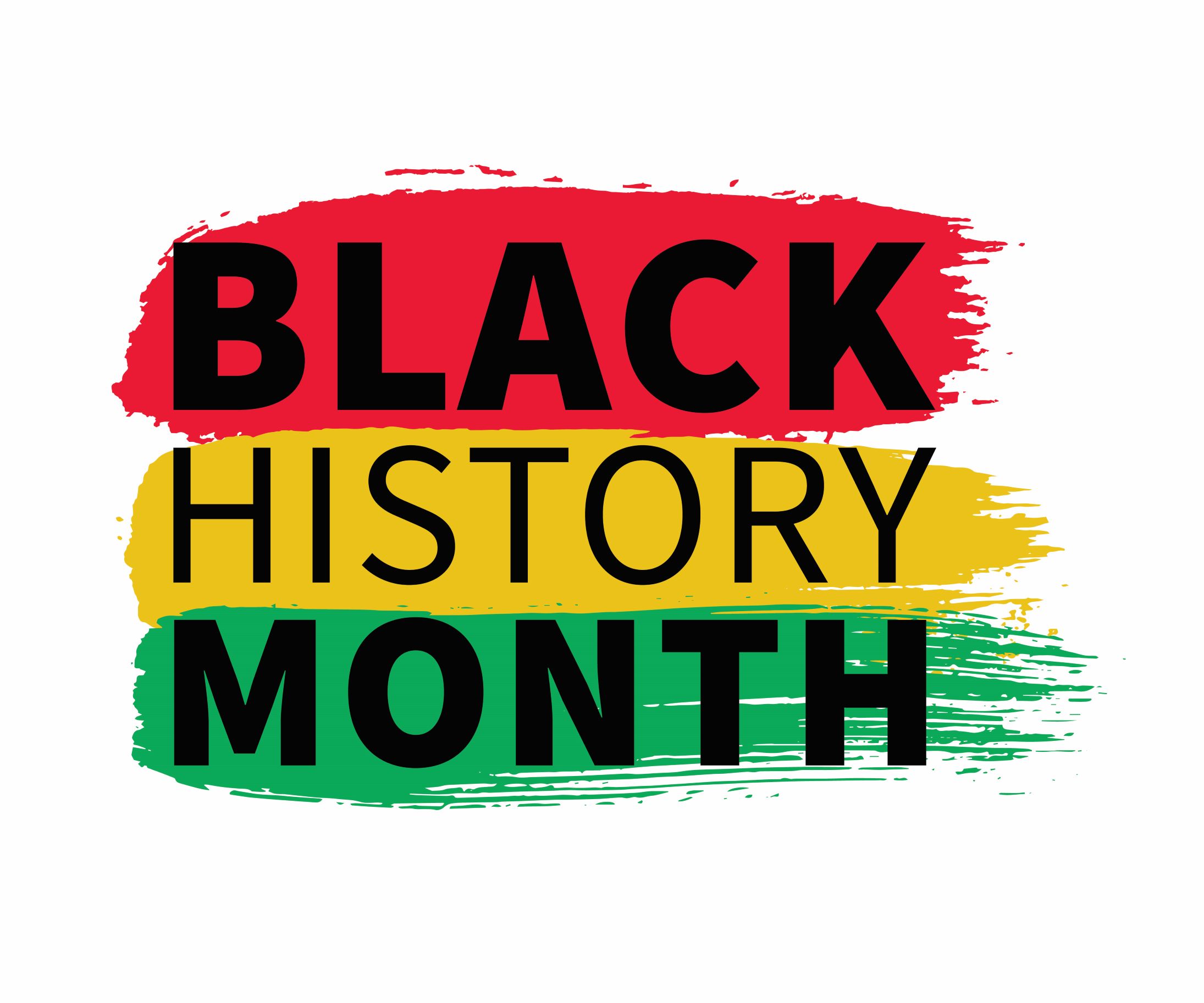
Black History Month is about remembering the important events and people that facilitated social change in our country and acknowledging the fact that we still have a long way to go. Racial discrimination still exists in the United States. The events of 2020 certainly highlight this.
COVID’s Impact on Communities of Color
COVID-19 disproportionately affects communities of color. The data is overwhelming. Nationally, those identifying as Black make up only 12% of the population, but account for 21% of COVID-related deaths. According to the CDC, there are several factors that contribute to this disparity, including discrimination, healthcare access and utilization, occupation, gaps in education, income and wealth gaps, and housing.
When the pandemic first hit, we rallied around our essential workers, praising them for their sacrifice and willingness to put themselves at risk to keep the rest of us healthy. While they deserved celebration, many of these essential workers were people of color that had no other option but to continue working, even in unsafe conditions. Quitting meant forfeiting unemployment benefits and jeopardizing rent or bill payment.
The CDC points out that inequalities in access to high-quality education for some racial and ethnic groups contributes to lack of job options and lower paying/less-stable jobs. In CASA’s apartments, where 62% of residents are African American, those who worked in the healthcare industry, as bus drivers, or in grocery stores had no option but to continue going to work even though it put their lives at risk.
While some low-wage workers were forced to continue going to work, others lost their income completely. Of all job losses during COVID, according to the CBPP, job losses were largest in low-wage industries.
COVID and Housing
Communities of color with less stable employment were among the first to feel the economic impacts of COVID-19. Without reliable income, these households are still struggling to make ends meet, to pay rent, and to put food on the table. Between January 6 and 18, nearly 51% of Black households nationwide said they had trouble paying for their usual household expenses in the last 7 days, and 36% of Black households said they were not caught up on rent.
Though the federal eviction moratorium is helping to prevent mass evictions of these households who are unable to pay their rent, it is not preventing them from accumulating debt. When the moratorium ends, many renters will suddenly have a mountain of past rent due that they will be unable to pay. At CASA, we have worked with donors and foundations to develop a COVID Relief Fund to keep all our tenants up to date on rent. Many conventional landlords, however, have not been able to do the same.
Even before the pandemic, eviction rates for Black renters were significantly higher than for white renters, making people of color far more likely to experience homelessness. As COVID continues to disproportionately affect communities of color, the racial disparity within the homeless population will only grow.
Affordable housing is one small part of racial justice work. The pandemic has underscored the importance of an affordable home to shelter in place, to recover from illness, and to rest, but there is so much more we can be doing.
Show your support:
Become a CASA Champion! Champions provide monthly, stable support, strengthening our ability to provide affordable housing to those who need it most.
If you’re already a CASA donor but want to do more, consider supporting one of these other amazing NC-based organizations:


